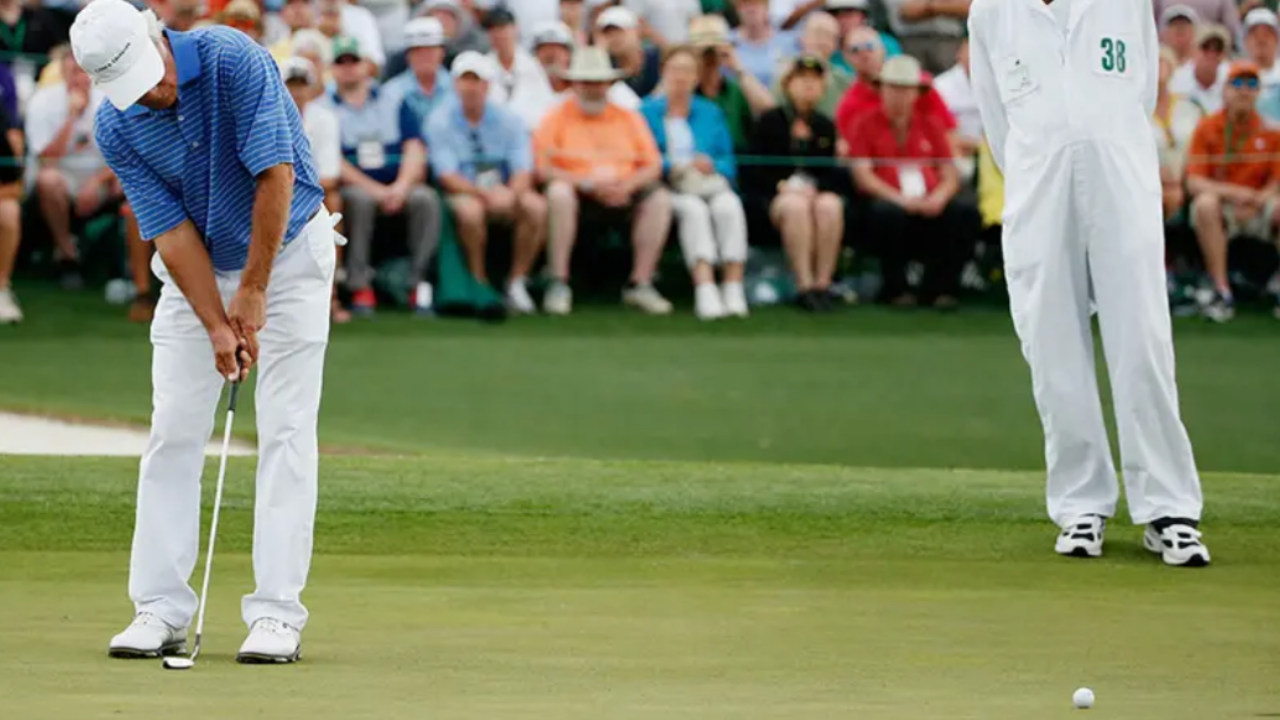Putting - Speed v Line
Oct 23, 2025
I’ve always thought speed is more important than line when it comes to putting. Now that I’m helping golfers of all levels, I know this to be 100% accurate. Plus, I’m hearing more confirmation of it through the media. Whether it’s a podcast (NLU Episode 1082) or social post (@GolfDigest on X), the speed theme keeps coming up time and again.
Every golfer has stood over a makeable putt, read the perfect line, taken a deep breath, and watched the ball come up a few feet short. Or worse, race past the hole and turn a par putt into a five-foot bogey attempt. It’s a simple truth in golf. You can read the line perfectly, but if your speed is wrong, you’re toast.
To be clear, line matters. But speed determines the line. A putt hit firmly takes a straighter path, while one dying into the hole breaks more. The difference between those two is often several feet of roll-out, and it changes everything. The best putters in the world don’t just aim well; they control speed so precisely that their miss stays right around the cup.
Think about it this way. If you miss a 15-footer on the perfect line but with bad speed, you might finish three, four, even five feet away (hello, three-putt). Miss it with good speed, and it’s a tap-in. Over 18 holes, that’s the difference between a good day and a frustrating one.
There’s also a significant mental benefit to focusing on speed. It frees you up because it shifts your attention from obsessing over the perfect line to instead feeling the putt. When you’re tuned into rolling the ball a certain distance, your stroke becomes instinctive, smoother, and more reactive. That’s when putting feels effortless, like you’re simply tossing a ball underhand to someone.
Watch the best putters, and their stroke never changes. Uphill, downhill, left-to-right, right-to-left. It’s the same tempo, just with a different length backswing and follow-through. They trust their feel for speed, and the line falls into place naturally.
Here’s a favourite game of mine on the practice green to try. Stand in the middle of the green and forget about the hole. Instead, putt to the fringe, and roll balls so they just die at the edge. If it’s an empty practice green, do this in various directions. You’ll be amazed at how sharp your distance control becomes. Once it’s second nature, your ability to read putts improves because your brain finally understands how speed affects break.
In the end, the best putters I’ve ever seen and played with (Faxon, Crenshaw, Tiger) are artists, rather than scientists. They’re not calculating the slope; they’re painting a picture of how the ball will roll. And the brushstroke that defines that picture? Speed.
So next time you’re lining one up, remember, good speed makes the hole become a lot bigger, and your three-putts will evaporate.
Cheers,
Nick
Subscribe to my new video series PLAY YOUR BEST GOLF. Get access to over 100 videos and monthly masterclasses.
Stay connected with news and updates!
Join my mailing list to receive the latest news and updates.
Don't worry, your information will not be shared.
We hate SPAM. We will never sell your information, for any reason.

